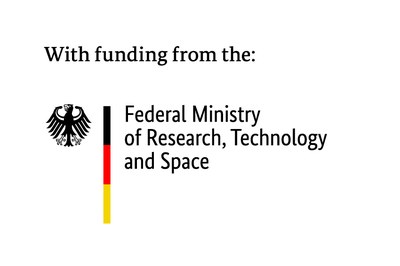
Contact

Dr. Chih-Long Tsai
Building 01.3z / Room 4007
+49 2461/61-9704
E-MailLISI-2
Lithium-Solid-Electrolyte Intefaces
The decomposition of solid electrolytes represents a significant bottleneck for current solid-state batteries, particularly with regard to redox processes on electrode surfaces, including the Li-metal interfaces and composite cathodes. High-resistance interfaces (due to reactive deposits) impair charge carrier transport and thereby limit the achievable electrochemical properties such as charging capacity, cycle stability, and the lifetime of electrochemical storage devices. Studies during the first LISI phase have shown that the common degradation mechanisms depend on the material properties at the interface. Therefore, LISI-2 research activities will consider new materials such as coated active cathode materials (e.g. LiNbO3 on NMC), polymer-based protective layers on Li metal electrodes and “anode-free” cell designs, providing new opportunities and knowledge-based strategies for designing electrode-electrolyte interphases. Methodologically, the joint research efforts are promoted by integrating experimental measurements and computer simulations. Despite considerable success in LISI's first funding period, overall activities have only scratched the surface, so the key features of LISI-2's research strategy are similar to those of LISI. These include (1) the analysis of charge transfer mechanisms, (2) the determination of the chemical composition of interfaces/interphases and the investigation of their transient changes, and (3) the monitoring of local defect formation at higher current densities.
Project partners:
- Karlsruhe Institute of Technology Helmholtz Institut Ulm (HIU)
- Justus-Liebig University Giessen (JLU), Physical Chemistry Institute
- Technical University Munich (TUM), Forschungs-Neutronenquelle Heinz Maier-Leibnitz
- Lawrence Berkeley National Laboratory (LBNL), Division of Materials Sciences
- Oak Ridge National Laboratory (ORNL), Materials Science and Technology Division
- Argonne National Laboratory (ANL), Joint Center for Energy Storage Research
- Stanford University (Stanford), Department of Chemical Engineering
- Massachusetts Institute ot Technology (MIT), Department of Materials Science
- Pennsylvania State University (PSU), Department of Mechanical Engineering


